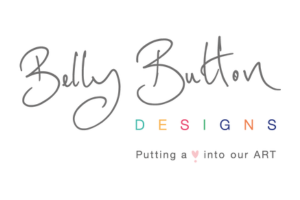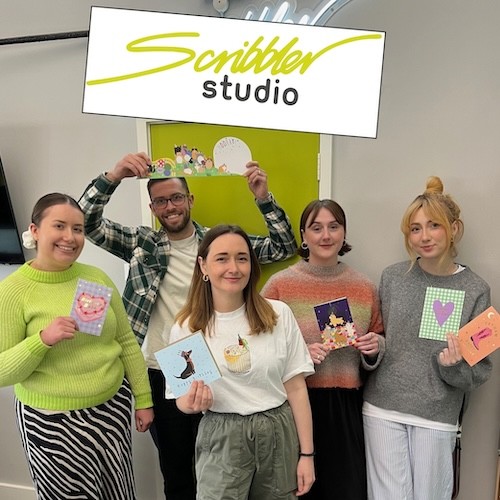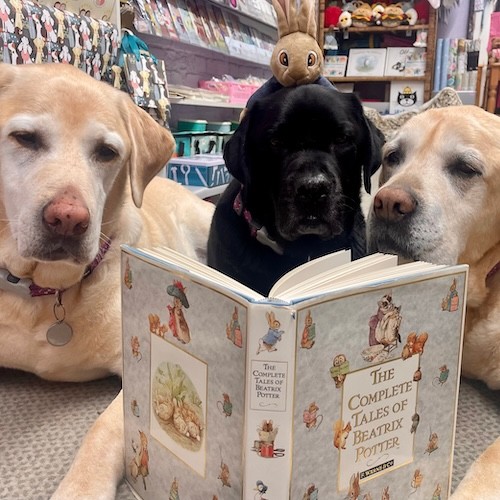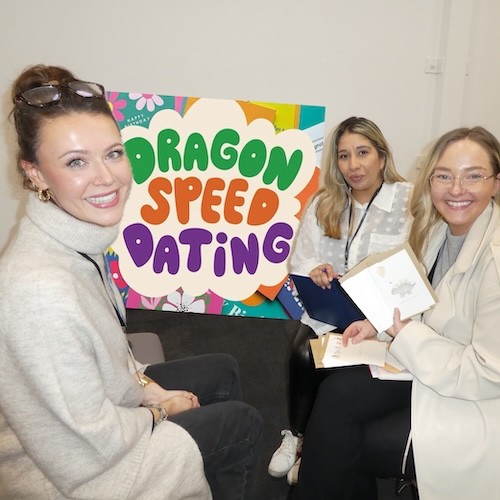Art form, psychology and history celebrated in upcoming National Stationery Week
National Stationery Week starts on Monday, running over 13-19 May, and one of the biggest aspects is handwriting as the emphasis is on pens, pencils and notebooks.
And getting hands on with handwriting is a great way to find out about yourself – which is just what Christina Strang will be doing as one of the speakers at the London Stationery Show, which takes place in the middle of NSW, on Tuesday and Wednesday 14-15 May at the Business Design Centre in Islington.

The sell-out show will see well over 100 exhibitors showcasing 300 brands, and there’s also a great roster of workshops and talks, including retailing celebrity Theo Paphitis, owner of Ryman and London Graphic Centre.
Graphologist Christina, of Ghost Tree, will be giving her Writing Revelations workshop explaining what handwriting says about us, how analysis can give insights into attitude, motivations and behaviour and may also indicate untapped skills and abilities.
Before and after the hour-long talk kicks off at 1pm, Christina is offering 10-minute quickie analysis sessions, and will carry on from a couple of hours afterwards, with a sign-up sheet so people can book to have their writing analysed.
Here Christina explains why she believes handwriting is still a very important and relevant skill that goes way beyond its indication of fine motor control…
Handwriting revelations
In educational settings, handwriting notes rather than keyboarding has been proven for better memory retention and generally higher grades. A great incentive for learning. There have been many successful research studies proving this in universities around the world.
Writing integrates the following three brain processes:
- Visual: Seeing what is on the paper in front of you.
- Motor: Using your fine motor skills to actually put the pen to paper and form the letters to make the words.
- Cognitive: Remembering the shapes of the letters requires a different type of feedback from the brain.
Neuroscientists have noted that the shift from handwriting to keyboarded or digitised writing has serious implications on cognition and skill development.
Without specialist teaching of handwriting and pen hold, individuals can have problems with too much muscle tension through the wrong grip, or lack of wrist stability, even paper not positioned correctly. Any of these can cause the writing to fluctuate and ultimately produce pain in the body from muscle tension. All of these factors plus others dictate how you write.
Initially, you probably grasped the crayon in your fist and, with no control over it, scrawled and scribbled wherever the crayon touched. Parents with crayon all over their walls can attest to this.
Drawing comes first then, ultimately with handwriting training, comes letter perception/impulse, then word impulse and, finally, sentence impulse.
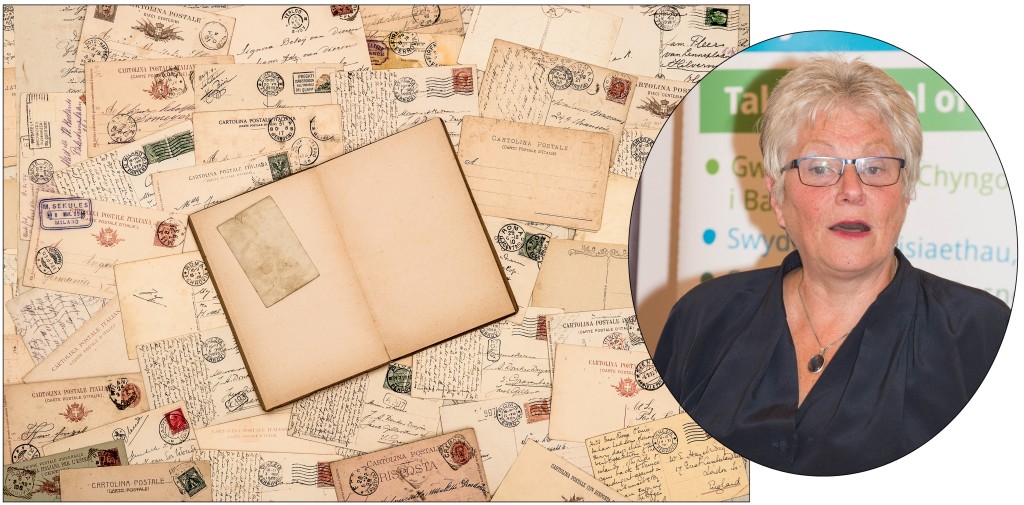
Research has shown that five-year-old pre-literate children only learned letter perception after handwriting but not through printed, typed or traced letters and shapes. This demonstrated with fmri scanning that handwriting is important for the brain regions known to be involved in successful reading. Handwriting can therefore help with reading attainment in young children.
Stages involved in this perception involve drawing initially – drawing ability is based on the child’s mental age. Immature drawings are due to the brain not being fully developed at that time as drawing in childhood starts around 15-20 months in the form of scribbles and later becomes more organised and bolder as the child gains sureness. This highlights the stages from scribbling to basic picture, then knowledge of the objects being drawn and finally a pictorial process.
The scribbling process is the initial step for hand-eye coordination, essential for handwriting. The dynamic tripod grip of the pen, and the most comfortable, where the pen is held between the thumb and forefinger, resting on the middle finger is generally reached by the age of seven. This allows full finger extension, wrist, and arm movement.
As individuals go into the teenage years, some hoping to be different from the others will emulate those who they admire, for instance the circle i-dot, or a paraph under their signature, italic-type writing or even printing. Generally, though, these fade and the individual’s own style comes with maturity.
One of the last things to master in handwriting is spacing, form and movement slowly evolve but spacing comes later. Some letters cause difficulty such as those with multiple strokes but, ultimately, once school has passed, and the individual begins to develop their own style away from the school model, then the true person begins to show through. Some tend to embellish their strokes, while others will simplify the letters reducing them down to the barest shape but, through this, the speed of mind starts to become apparent.

Our handwriting is who we are. Our brain forms, shapes and moulds the letters into patterns that are intrinsic to who we are. The brain which experiences everything through the body from our nervous and immune systems and from our unconscious tempers the writing stroke to us.
The psychological analysis of handwriting, aka graphology, lifts the veil on those perceptions formed in our childhood and shapes who we are, dictating our behaviour and highlighting the decisions and actions that we take in adulthood.
Is handwriting still relevant? Yes! Without handwriting, synapses in the brain are slow to form, helping to activate parts of the brain which are important for learning and memory. With handwriting, individuals learn hand-eye co-ordination, can read, and understand different versions of each letter.
Love letters such as those of Napoleon and Josephine, Johnny Cash to his wife, King Henry VIII to Anne Boleyn and, of course, the handwritten journals explain so much about life in the times they lived.
How often will such things survive on computers in the future – hard drives are generally destroyed when computers have served their time. New software so often precludes access to old information on earlier iterations and, therefore, our history and so much history to come will cease to exist.









